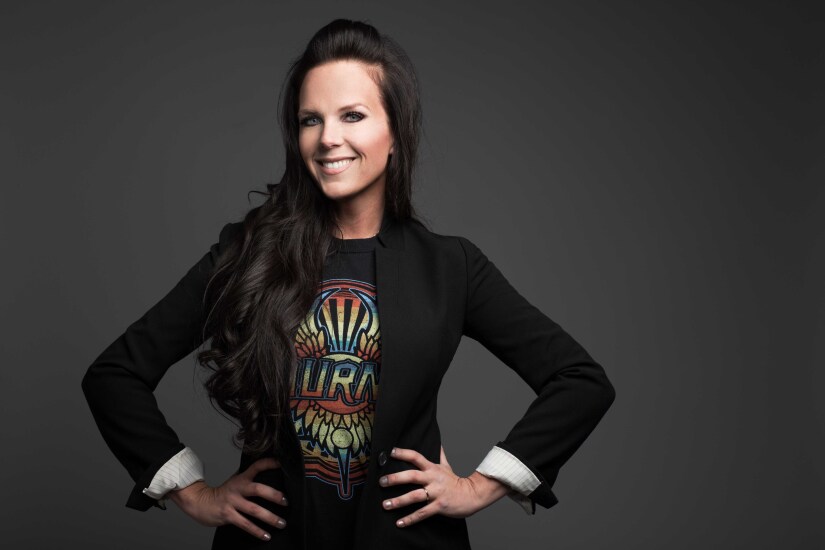
How to build a better board
The bad news is that
CU Journal interviewed a variety of experts for this series and in the process of those conversations several best practices for boards emerged. Read on for some of the highlights.

Brandi Stankovic, CU Solutions Group
1. Don’t box yourself in – Directors need to network with other organizations or other industries to find more viable candidates who share the credit union’s core values. Building relationships with nonprofit organizations and other community subsets during the process will only enhance the visibility and credibility of the credit union.
2. Filling in the leadership gaps – First, develop and implement a board succession planning process or “renewal policy.” A formal policy will make the board accountable for devising and maintaining a plan. Second, create emeritus positions. CUs are seeing success by allowing board members with 20 years or more of service to continue on as advisors without voting rights. Third, it is important to fill gaps with minority representation to create balance, usher in new ideas and increase cultural competence. “This changing of the guard promises a future with less nepotism and discrimination in the top ranks,” she said.
3. Perpetual learning is key – Continuing education helps directors be more open-minded to the potential of others. It also improves leadership skills to govern more effectively. When boards are in the process of vetting candidates, their top priorities are finding someone who can better understand members’ needs and who has financial literacy skills.
4. Self-assess to be self-aware – Only about 40 percent of credit unions have a formal board evaluation process in place. “That is just not enough,” Stankovic asserted. “This process is instrumental to identifying areas of strengths and weaknesses and can help bridge dialogue around board performance issues.”
5. Embrace and encourage authenticity – Staying true to yourself helps you lead with confidence and by example. Be that energy – it is contagious. Wield your authenticity and passion to create a culture of trust and inclusivity to openly exchange ideas and divergent views for best solutions.
6. Design a buddy system – More credit union executives are nearing retirement. It is more important than ever that they intentionally groom new leaders to succeed them by providing enhanced mentoring. A nurturing environment, surrounded by experienced leaders to help the next generation develop and grow, assures the path to leadership and a transformative journey.
7. Tally up the pros and cons – A nominating committee can be invaluable during the vetting process. As it evaluates candidates, it should be looking for ways to fill gaps with a more diverse mix. By designing a skills matrix, the credit union can easily compare candidates and see how they line up with its values. Minority candidates will expand the pool of future leaders and also are more representative of the credit union’s full membership. Remember underserved credit union members have different financial needs so gaining that perspective is critical moving forward.

Michael Daigneault, CEO of Quantum Governance
“The board should spend time determining what the ideal board would look like in the future,” he counseled. “The methodology many credit unions use to find additional board members is the ‘Who Do You Know’ method. If that is used exclusively, it will not add to overall diversity. The best method is to target groups that are not currently represented.”
According to Daigneault, putting specific, formal processes in place can have a “huge impact” on adding new voices to the board.
“Hold a town hall and alert the community the credit union is looking for people to serve on the board,” he said. “Simply placing a notice in the credit union newsletter is not enough to inspire people to run for the board.”

Susan Mitchell, CEO of Mitchell, Stankovic and Associates
“Examine the board and figure out what is missing, develop candidate profiles, and then go out and find that person,” she counseled.
In the case of directors who have served for decades and are not sure what their role might be given all of these changes, Mitchell said there are many ways to institute change, from creating emeritus positions to professional development.
“I always tell people, ‘Activate your own legacy.’ That means, have your own development plan,” she said. “The last thing anyone wants is to ask someone to leave the board, so every board member needs to evaluate what he/she brings to his/her legacy. What we do is develop individual development plans for volunteers. I interview a board member and ask who he/she represents from the membership, and what benefits he/she receives. The chair reviews these initiatives and maps out a development plan. I would rather know and be proactive than for someone to come tell me it is time to retire.”
Mitchell said she would like to see volunteerism and board diversity be the same thing.
“Credit union boards need to have a plan for everything from representing different demographics to technical skills, always keeping in mind the board’s role is on a strategic level.”





